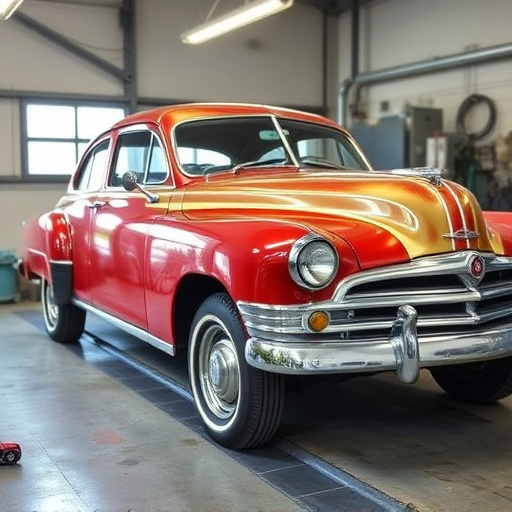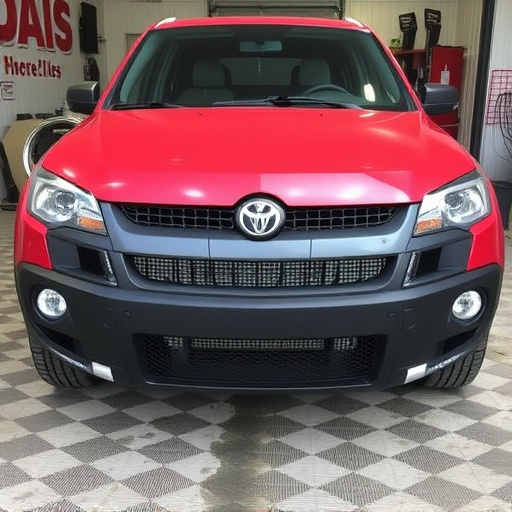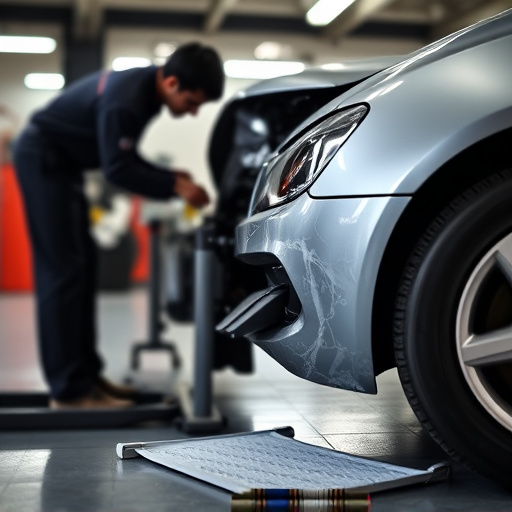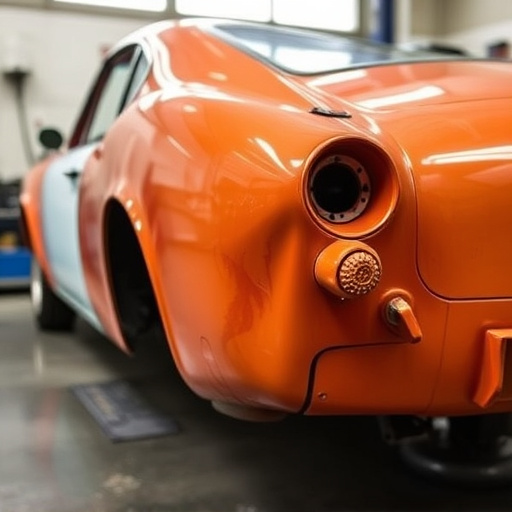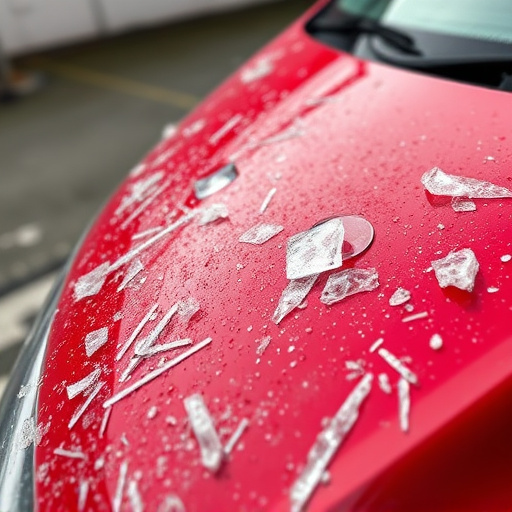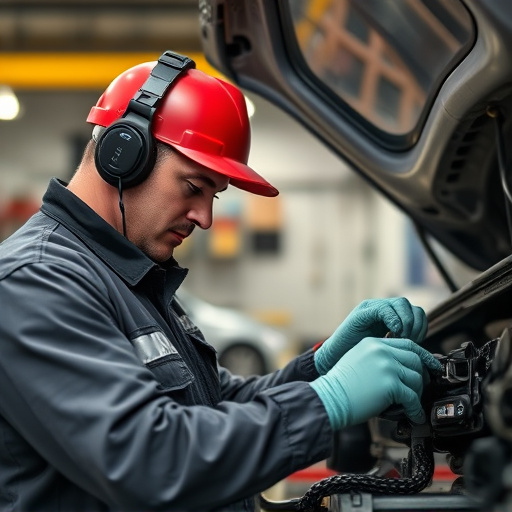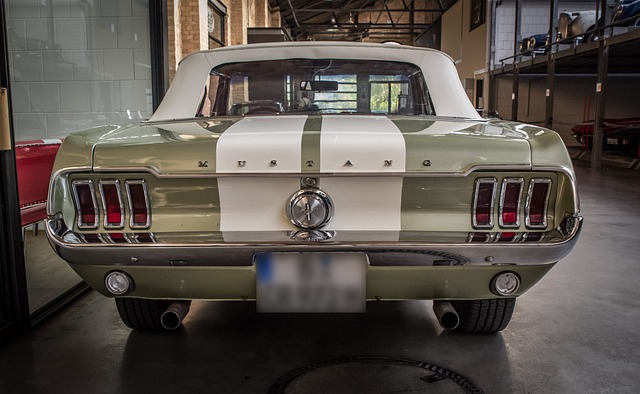A successful vehicle delivery inspection demands a comprehensive checklist covering internal and external components to ensure high standards and a positive impression. Key areas include engine functionality, tire condition, brake performance, lighting systems, and body panel integrity. Document vehicle condition with clear photos from various angles to prevent disputes. Promptly address identified issues using methods like paintless dent repair or professional services for severe damage to maintain structural integrity and enhance aesthetic appeal.
Get ready for a smooth handover with our comprehensive guide to preparing your vehicle for delivery inspection day. From the moment you hand over the keys, every detail matters. This article equips you with the knowledge to ace the process through our detailed sections:
– Pre-Inspection Vehicle Checklist: Understand what assessors look for and ensure every aspect is tip-top.
– Documenting Your Vehicle’s Condition: Learn expert tips to accurately record its state, protecting your interests.
– Post-Inspection: Discover how to address common issues found during the inspection.
- Pre-Inspection Vehicle Checklist: What to Expect
- Documenting Your Vehicle's Condition: Tips and Tricks
- Post-Inspection: Addressing Common Issues Found
Pre-Inspection Vehicle Checklist: What to Expect

When preparing for a vehicle delivery inspection, having a comprehensive pre-inspection checklist is essential. This process acts as your ultimate guide to ensuring your car is in top condition and ready to impress during the delivery process. A typical pre-inspection involves a detailed assessment of various components, both internal and external.
You can expect to check critical areas such as engine functionality, tire pressure and tread depth, brake performance, lighting systems, and exterior body panels for any signs of damage or imperfections. An auto repair shop or experienced mechanic might also recommend inspecting the exhaust system, fluid levels (brake fluid, engine oil), and even the condition of your car’s bodywork to ensure it aligns with what is expected for a vehicle in its condition.
Documenting Your Vehicle's Condition: Tips and Tricks

Before the big day arrives, it’s crucial to document your vehicle’s current condition. This step is essential for a smooth delivery inspection process and protecting your investment. Start by conducting a thorough exterior and interior inspection, noting any existing dents, scratches, or paint imperfections. Take clear, high-resolution photos of these areas from various angles, ensuring you capture the entire car body. Additionally, document any signs of wear and tear on the tires, trim, and window glass.
Inside your vehicle, check for any damage to the seats, dashboard, or other interior components. Make a list of repairs that have already been made and keep receipts for all maintenance work performed. This documentation will serve as valuable evidence during the inspection, helping you demonstrate responsible ownership and ensuring a successful delivery. Remember, keeping detailed records can save time and avoid potential disputes later on.
Post-Inspection: Addressing Common Issues Found

After the delivery inspection, if issues are identified, it’s crucial to address them promptly to ensure a smooth hand-off. Common problems found during vehicle delivery inspections often include minor dents or scratches on the exterior, which can be resolved with paintless dent repair techniques—a cost-effective alternative to traditional car body repair. This method conserves factory finishes and avoids extensive repainting.
For deeper damage, such as significant dents or rust spots, professional car dent repair services may be necessary. Promptly addressing these issues not only enhances the vehicle’s aesthetic appeal but also ensures long-term structural integrity. Remember that timely care can prevent minor problems from escalating into more costly repairs down the road.
Preparing your vehicle for a delivery inspection ensures a smooth transition process. By familiarizing yourself with the pre-inspection checklist, documenting any existing conditions, and understanding potential post-inspection issues, you can confidently navigate this crucial step in the vehicle delivery process. A well-prepared vehicle demonstrates care and attention to detail, fostering a positive impression on both parties involved. So, take the time to go through these steps, ensuring your vehicle is in its best condition for inspection day.






